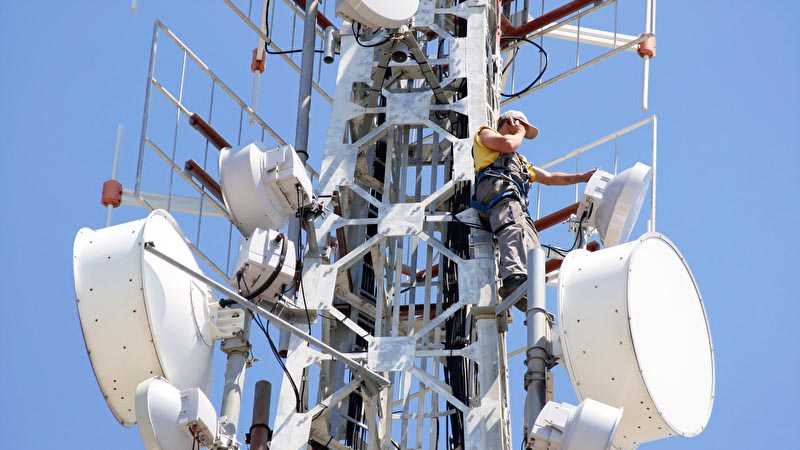5G is not quite here yet - at least no one in the //next editorial team is using the new mobile phone standard yet - but its successor is already on the horizon: 6G is to replace 5G from 2030 and transmit data 100 times faster. Research Minister Anja Karliczek (CDU) speaks of "the mobile data technology of the future". We venture an outlook.

"6G will revolutionise our communication in the next decade," expects Anja Karliczek, whose ministry is funding the research and expansion of the future mobile phone standard with 700 million euros until 2025 (see link below). The EU also launched a 6G initiative in January under the title "Hexa-X" and is making twelve million euros available for this purpose (https://hexa-x.eu/research/hexa-x-the-joint-european-initiative-to-shape-6g/).
To put it in perspective: With 4G, wireless broadband internet was available for the first time and simpler machine applications became possible. 5G is already setting important standards here and will take digital networking to the next level. But according to the minister, 6G will be "the mobile data technology of the future and will determine, indeed revolutionise, our communication in the next decade": with 6G, data would be transmitted more than 100 times faster than with 5G - with great advantages for the mobile communication of every individual. But also for industry and agriculture. "If you want to tap all the potential here, you can't get around 6G," they say from Berlin.
Here's an example: artificial intelligence is bringing the real and virtual worlds even closer together. In so-called extended reality, holograms - for example people in 3D - can be streamed and projected in high resolution and in real time onto mobile devices or into rooms. In this way, real interactions are simulated, regardless of where the participants are - whether at home in the countryside, in the office in the big city or on the road in a train, plane or self-driving car. This opens up new possibilities for collaboration over distance, not only in everyday office life, but also in production. It may also open up new possibilities in medical care, for example for treatment at a distance.
Click here for the official announcement by Anja Karliczek:
The funding guidelines of the 6G project are available here:
https://www.bmbf.de/foerderungen/bekanntmachung-3528.html
Text: Ingo Schenk
Most popular